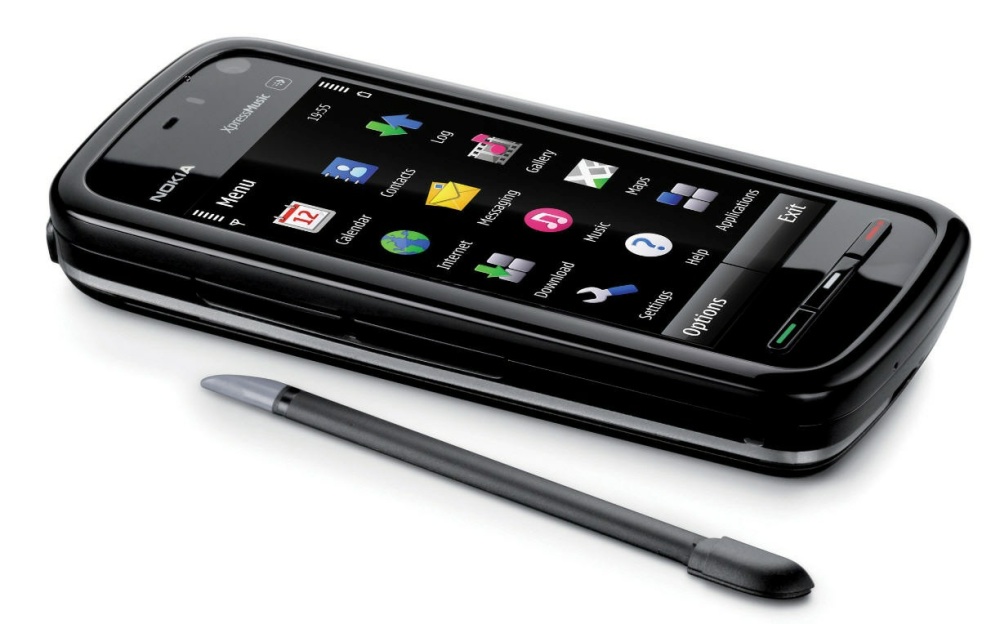It's traditional to blame Stephen Elop for Symbian's disappearance in the High Street - he came in and, within a few months, decreed Symbian to be a 'burning platform' and not future proof enough, announcing a wholesale switch to Windows Phone. I accept the decision to look to the future - after all, some of Symbian's code cruft and limitations were looking a little risky in the face of Android and iOS - but I suspect that most of us would disagree strongly with how fast Symbian was dropped in the distribution channels and retail stores, not least in the light of continuing platform updates even today in March 2013, over two years later. This created a shortfall in sales which did Nokia no good as a company.
However, in addition to Elop's haste to get rid of Symbian, and in addition to the acknowledged issues with code that was becoming more and more costly to maintain and extend, I contend that there's another major factor that, effectively sealed Symbian's fate, and it was back in 2008 and 2009.
Let's review where Symbian was in 2007 - the Nokia N95 had just come out, heralding a new dawn in smartphone technology (large screen for its genre, great camera, GPS built-in, Wi-fi built-in). Nokia's QWERTY-driven Series 80 interface on Symbian had just been axed, in favour of the new d-pad driven Series 60 upstart, while the other rival interface, UIQ, was losing its way fast amidst lofty network customisation ambitions and restrictive ties to Sony Ericsson hardware standards.
2007 was also the year the first Apple iPhone appeared, at first an expensive, glorified feature phone (who needs apps?), but with a full-face capacitive touchscreen that clearly got every other manufacturer's design teams thinking. Through 2007, 2008 and 2009, Symbian's market dominance was total, with sales marketshare of over 60% at one point, largely due to the immense success of feature-heavy handsets like the N95 8GB, N79 and many others of similar design, plus the re-introduction of QWERTY with the immaculate little Nokia E71, also running (what had now been renamed as) 'S60'.

That all-touch, no stylus-needed approach of the Apple iPhone (and iPod Touch, shown above with the N95 8GB) had got Nokia's designers thinking though. A year after the iPhone was launched, Nokia announced the all-touch 5800 XpressMusic, with it being available to the public halfway through the year. Never mind that Symbian and the 5800 at this stage could do far more than the iPhone and its OS, I contend that this is where things went badly wrong.
You see, the N95 and its ilk were all based on an interface with two function keys, a d-pad and, famously, 'Scroll and Select'. In other words, you'd bring up a menu and use the d-pad to nudge ('scroll') the highlight up to the function you wanted and then use 'Select' on the left function key or use the d-pad centre button if your phone had one.
Nokia's Symbian architects were faced with a tricky decision:
- Option a) scrap almost everything in S60's UI layers and start afresh for touch, much as Apple did in creating the iPhone and as Android and then Windows Phone have done in recent times. There would be a significant delay (a year?) before such a UI was ready for public consumption, even drawing on Nokia's own touchscreen experience in devices like the 7710. Plus users of previous Nokia handsets would find very little that was familiar. On the plus side, obviously, the new UI would be future proof and optimised for touch from day one.
- Option b) graft touch input onto the existing S60 codebase, keeping core app compatibility and keeping the UI looking as familiar as possible to people coming to S60 5th Edition from S60 3rd Edition devices. Thus on-screen left/right function keys would be present, plus menus and functions would maintain the scroll and select system, i.e. you'd tap to bring up a menu, tap again to highlight an option and then tap again to perform that action. The advantage here was also that it would take less time to implement.
So pros and cons for each. Obviously, Nokia's engineers went for opton b), leading to reviews complaining about the confusing 'double tap' system and the lack of finesse compared to the new touchscreen competition. At the time, I'd probably have sided with the same decision, though with hindsight, and looking at how slick Symbian Belle Refresh/FP2 is these days, it's clear that option a) might have been a lot better in the long run.

As it was, it too a long time to transition the messy S60-with-grafted-on-touch code to the slick UI we have today. The scroll and select system got axed, in favour of a proper 'direct UI' one, though the virtual left/right function keys persisted right through Symbian^3 and even Symbian Anna.
As an ex-programmer myself, I can only imagine how complicated the Symbian OS code base must now be, to have had all these changes, just to get to the point where Nokia would have been anyway, though two to three years earlier, if they'd bitten the bullet and gone for option a) above.
Comments welcome - wind the clock back to 2007 and put yourself in Nokia's Symbian team - what option would you have stuck up for, honestly? And if Nokia has gone for option a), do you agree that Symbian would have lasted at least another two or three years in the shops? Would Nokia have even needed to bring in Microsoft at all?
No hay comentarios:
Publicar un comentario